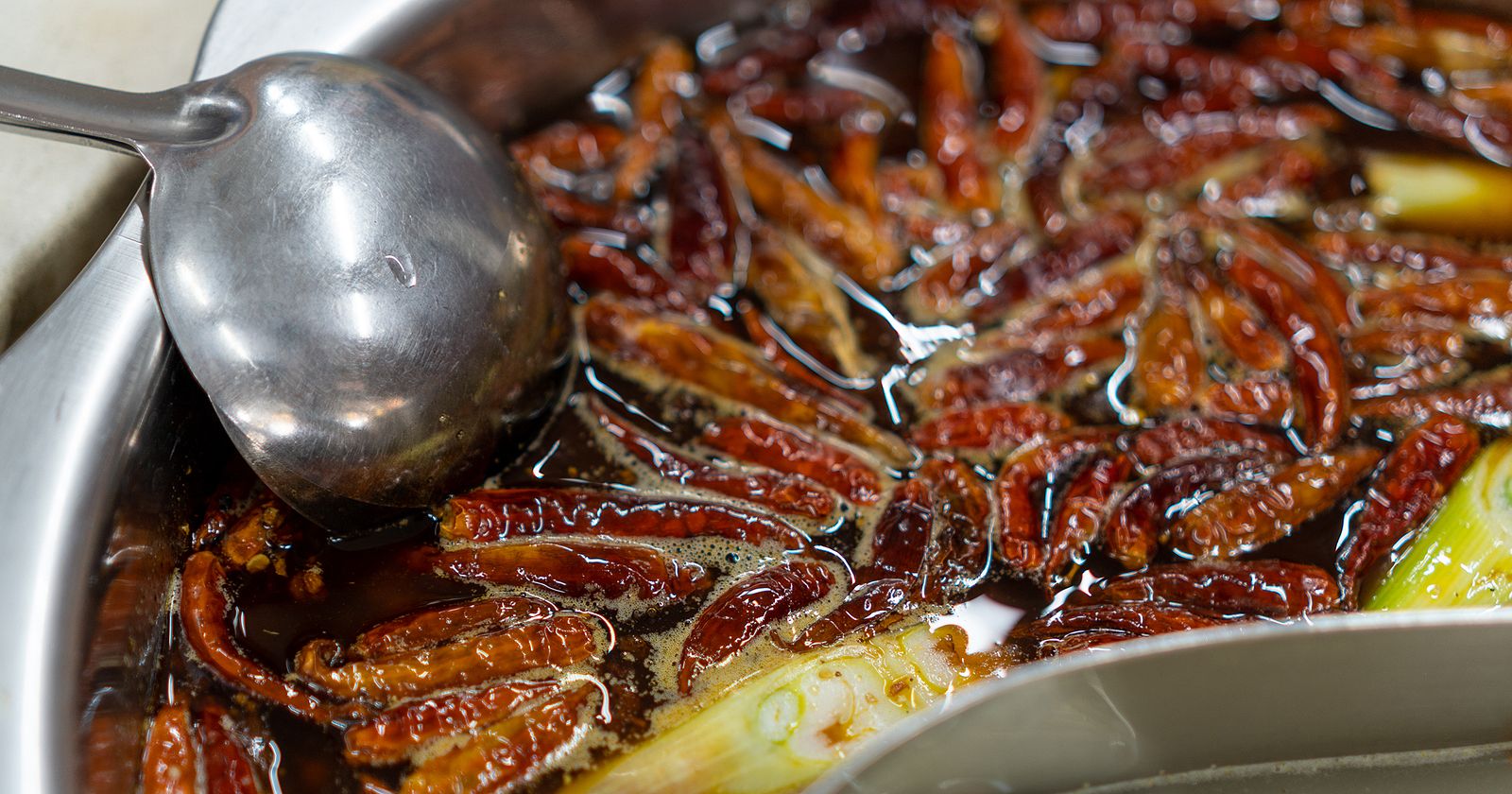With sidewalk-clearing campaigns going full bore in Hanoi and Saigon, Vietnam is not alone among its Southeast Asian neighbors in trying to change one of the region's most iconic urban features: street food vendors.
In a recent article, The Economist's Banyan columnist reports on efforts by the Thai government to spruce up Bangkok's streetscapes. The news source shares the story of Jae Deh and her husband Su Kit, who have been selling khao kha moo (rice with stewed pork shanks) on Soi Thong Lo Street since 1987.
That is set to change on April 17, however, when local officials will ban vendors from the street. According to the article, the city government believes vendors "impede pedestrians, make a mess and attract vermin". Over the last two years, Bangkok's municipal government has displaced roughly 15,000 hawkers from city sidewalks, The Economist shares.
Hanoi may not be far behind as, according to VnExpress, the city government recently unveiled new etiquette rules that ban cooking on the sidewalk.
Meanwhile, on Monday, Saigon officials unveiled details of a plan to relocate street vendors impacted by the city's ongoing sidewalk-clearing effort. VnExpress reports in another article that vendors will soon be moved to dedicated street food areas on Nguyen Van Chiem Street behind Notre Dame Cathedral and in Bach Tung Diep Park near the Reunification Palace.
The news source adds that officials will not charge vendors to use the space, and they will provide training on food safety and recycling. Free tables and chairs will be offered to customers. However one stipulation in the plan rules that vendors will only be able to operate during limited hours in order to avoid disrupting traffic; these time periods have not yet been clarified.
The newspaper quotes Tran The Thuan, chairman of the District 1 People's Committee, who said: "The biggest concern is that, for street vendors, what they earn from selling food on sidewalks is their main source of income. That's why we came up with this idea of special zones for street vendors."
Amidst this turmoil, Banyan points to the example of Singapore, which District 1 officials are attempting to emulate lately. The tiny city-state organized its street vendors into clean, orderly hawker centers years ago. However, as the columnist notes: "That may be feasible for a small rich country, but not for big poor ones such as Indonesia or Myanmar."
The importance of vendors to daily life in Southeast Asia is also noted, with millions of the region's citizens contributing to the UN Food and Agriculture Organization's estimate that 2.5 billion people eat street food daily. According to a 2007 study by the agency, Bangkok's 20,000 vendors provided 40% of the city's food.
Perhaps most vitally, The Economist shares, is the role these vendors play in bringing people together: "Asia's hawkers do not just provide cheap, delicious food for the masses...they create a community: the chance for citizens of all classes to rub shoulders over a bowl of noodles swimming in fish broth."















